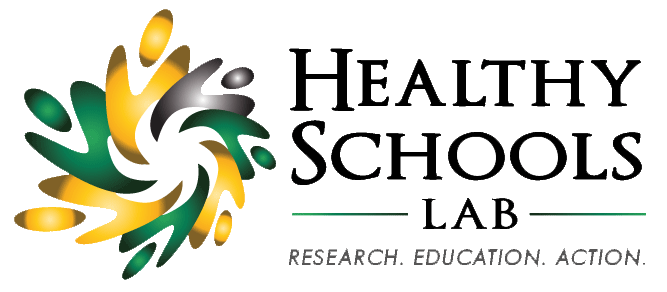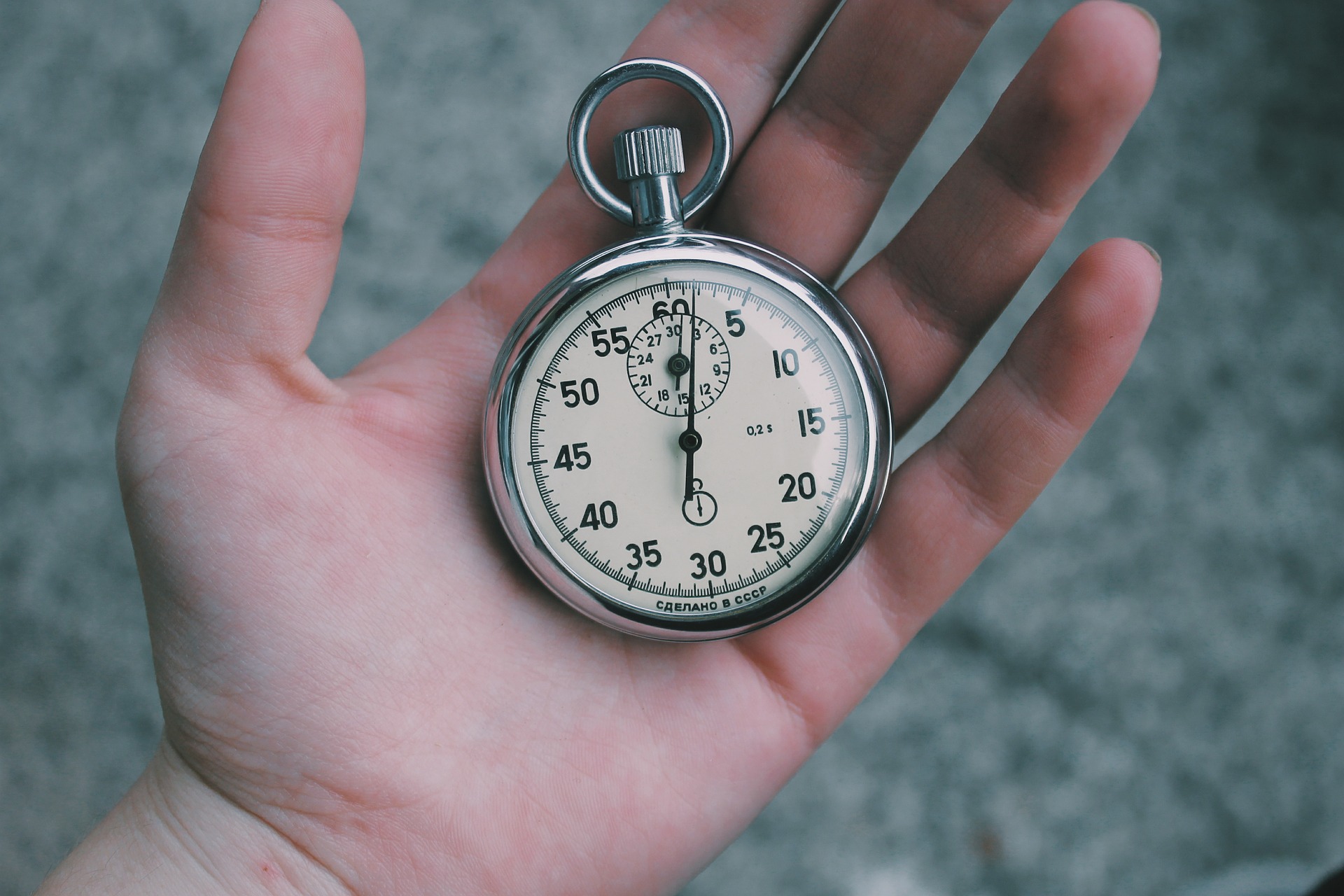A short rant about fitness tests in #physed and the aim of being healthy and active
Guest post by Chelsi Ryan.
I was in the 4th grade the first time I remember being acutely aware of the fact that I just didn’t measure up to my peers. I was 9 and had just “failed” the Beep Test (more formally, the 20m Multi-stage Fitness Test) for the first time. There I stood, on the sidelines of the gymnasium, wheezing for breath, while my more cardiovascularly fit counterparts continued to run from line to line.
“Beep…run 20m to the black line…beep, run 20m to the black line…beep”
And so on, and so forth, faster and faster, until you miss the line twice. Then you’re out.
We were told that you needed to be able to get at least half your age to be considered “fit”. I fell into the “poor” range. While I can look back in retrospect and assume, had I more cognitive understanding of what it meant to pace myself, I may have done better. However at the time it was just my 9 year old self painfully aware that I was both physically larger than many of my peers and also “out” of the test.
From the first time I ran the beep test, until the last time I ran it as a high school athlete, I lived in fear of the test, of the inadequacy it would surely bring, of the concept of failure in relation to my body – a body I already felt so uncomfortable about. But do you know what else I felt when I ran the beep test?
Relief. Relief that I was never the first one out, that at least I wasn’t the “worst”.
This stops me in my tracks now. Armed with the perspective of pedagogy in education and my personal experiences, I am unable to ignore that although I had the relief of never being first out, someone shouldered that immense weight each and every time the beep test was brought into a physical education class.
Which leads me to these questions: Who did the “Beep Test” alienate from participation and inclusion in physical education experiences? What lessons does this offer us for developing physical education programming that respects and includes students in their many forms? Why was the beep test, or any public, vulnerable displays of levels of fitness, the weight that any student had to bear?
In Alberta, the Education Act affirms each student’s right to a welcome, caring, respectful and safe learning environment, where “safe” is not only indicative of their physical safety, but also their sense of belonging and positive sense of self. Moreover, the best interest of the child is the paramount consideration in making decisions about their education.
The Alberta Physical Education Program of Study has absolutely zero requirement to play any specific sports, it makes no specific mention of the need to have students experience the beep test, even at the highest, and arguably most refined level in Physical Education 30. Our entire Physical Education system in Alberta is meant to be rooted in the philosophy that we are to be teaching students the knowledge, skills and attitudes to be healthy and active for life. That’s it. The entire program of study, 12 years of educational physical activity experiences that are meant to culminate into one thing:
Healthy. Active. For life.
If that’s the guiding principle of all the cumulative work physical education teachers do, then our programming needs to reflect that aim.
While the “Beep Test” may be an appropriate measure of VO2 max if employed appropriately and with considerations for the context that it is employed in, it hardly seems the vehicle in which we might encourage students to choose lifelong physical activity within the general population of students who are in your average physical education classrooms. In a PE class, it can push students, who may already feel alienated and discomforted by the notion of physical activity in front of peers, to become even more disconnected from their own physical education. There are better programming options for our physical education students, ones that don’t create vulnerability, negative self-image, and otherwise perpetuate an “othering” experience for students. There are better options that ensure that students’ sense of self is not impacted negatively by physical education experiences.
Physical education is about facilitating students to be healthy and active for life. It’s about opportunities for students to experience joy in movement through activities, games and sports that might become the foundations of their physical literacy journey into adulthood. We invest years of time and energy to ideally develop an attitude of appreciation and value in physical movement so that students might find methods of moving their bodies that continue to bring them the accompanying emotional, mental, physical and social benefits into adulthood. These attitudes, knowledge and skills don’t ‘just happen’. Much like other learning opportunities (learning to read, or multiply) it needs to be crafted, fostered, and scaffolded. I would propose that the beep test is hardly the vehicle in which this happens.
Our physical education programming should be encouraging students to explore different ways to move their bodies so that they might find an activity that feeds their well-being, to actualize the reality of becoming healthy and active for life. It’s important to consider whether or not the choices you are employing are alienating participation and inclusion in the class, how specific practices might be creating experiences for students that cause them to question their own safety (socially, emotionally, physically), and to consider if the core tenet of this activity is to encourage them to move towards a lifestyle of joyful movement. If the practice elicits responses similar to the many that have been recounted to me about the beep test, it’s safe to say that it doesn’t have a place within PE practice.
In physical education we often deal with students’ most vulnerable sense of self – their body image. They are faced daily with messaging through media, technology, and peers about what their bodies should look like and do. So I believe that we have an extremely challenging responsibility in the physical education class to maintain students’ sense of safety and respect.
Moving forward, I wonder what practices could replace the beep test? If the beep test is employed as a means of having students measure and track fitness improvements (perhaps slightly justifiable), might it be more valuable to have them select their own fitness goals and determine personal plans for achievement and measurement? Moreover, if the beep test elicits this type of negative response in some students, what other practices in physical education are not serving our core mandate?
If our goals are to see improvements in the health and wellbeing of students and to see more actively engaged students who become actively engaged adults, then we need to examine which practices may be undermining those very goals. We have a moral imperative to create physical education experiences where students are more likely to buy into the process because they feel safe, respected and comfortable, and in doing so, take supported risks that allow them to find purposeful movement to carry them into an active adulthood.
Let’s bleep the beep test.
Chelsi Ryan is a graduate of the UAlberta BEd Collaborative program at Keyano College in Fort McMurray and a current MEd student in the Werklund School of Education at UCalgary. She is both a recent recipient of a Zone 2/3 Edwin Parr nomination for excellence in first-year teaching and a YMM Magazine Top 50 Under 50 Award. Chelsi is currently the Program Manager of Volunteer, Education and IT Services for the Wood Buffalo 2022 Arctic Winter Games, a youth-focused bi-annual event focused on celebrating sport, culture and community in the circumpolar north.


